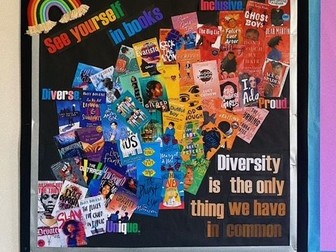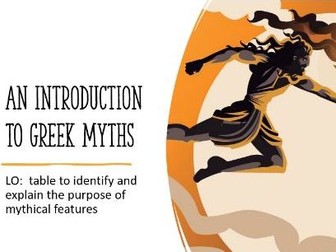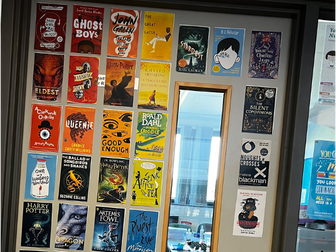A Christmas Carol SOW - Extract Focused
<p>This SOW is a new one I have been using with Year 11s. We read the book last year and went over characters. This year we have been focusing on etxracts. We read through an extract every lesson, spend a lesson going over context, analysis and starting to explore the essay. The next lesson we continue with the analysis as a class and they start putting answers together.</p>
<p>Covers a range of extracts and questions</p>



